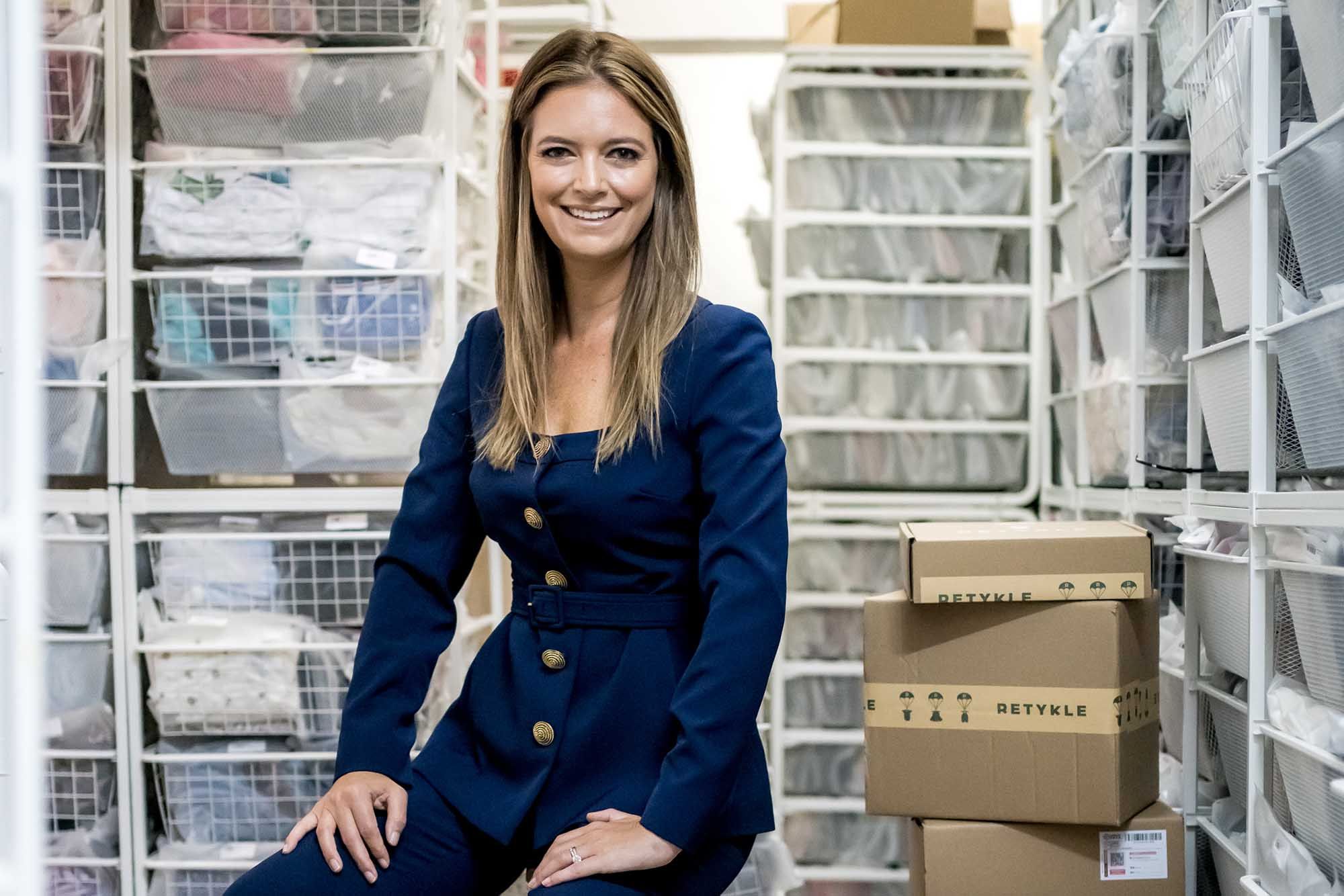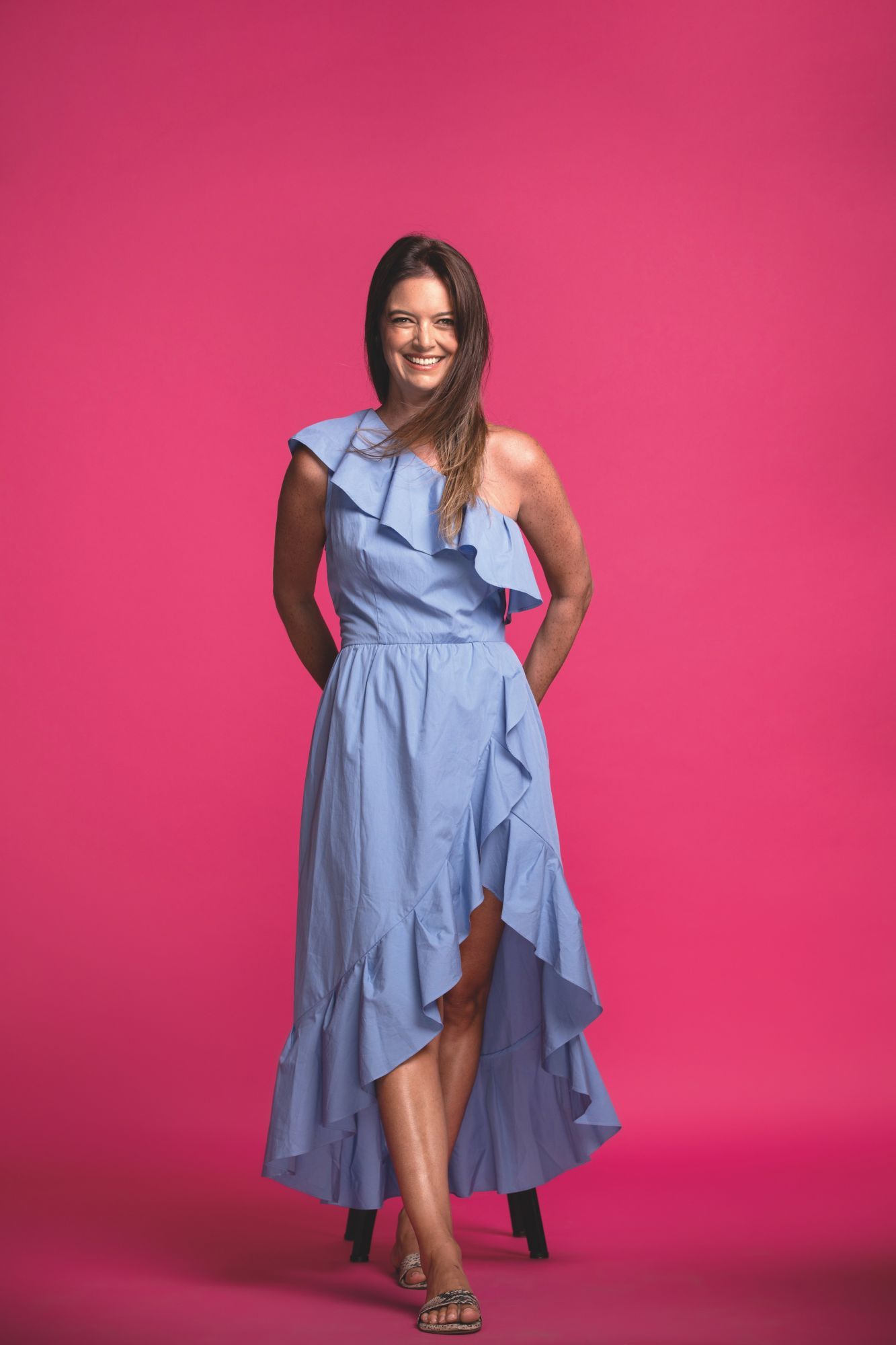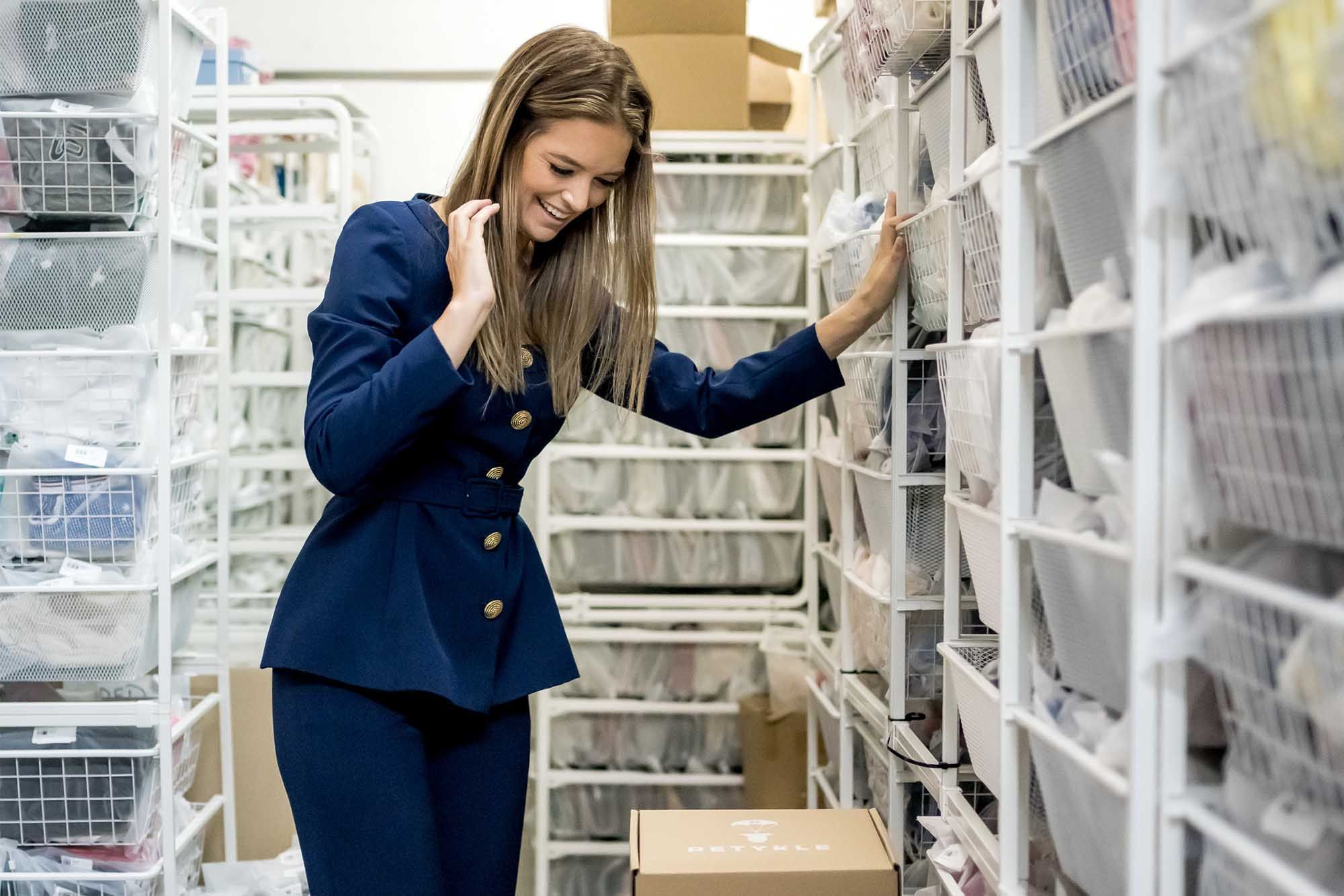The sustainability advocate shares how she fought gender stigmas and an uneducated public to start a sustainable fashion loop for growing kids in Hong Kong and Singapore
Did you know that the fashion industry is one of the world’s top industries that are polluting the world and that it makes up about 10 per cent of humanity’s carbon emissions, pollutes our water bodies and uses plastic in about 60 percent of their materials, according to the United Nations Environment Programme?
These scary statistics were one of the reasons why founder and environmental advocate Sarah Garner decided to start Retykle, a circular fashion store for kids despite the fact that she herself was once a key player in perpetuating the world of fast fashion.
“From an early age, I knew I wanted to work in the fashion industry which is why when I learnt that Bloomingdales ran a great Graduate Management Trainee programme which required a Commerce degree, I decided to pursue the degree and to get all the prerequisites required for the programme,” says Garner.
When she graduated, Garner got her dream job and began as a management trainee at Bloomingdale’s. Shortly after the programme, she moved on to Lane Crawford where she spent time as a womenswear buyer and later, a commercial manager.
See also: This Hong Kong Entrepreneur Is Making Construction More Sustainable. Here’s How

With her keen eye and pure grit, Garner was able to make an upwards move to the global planning in fashion division at DFS (LVMH). She remained in this position for two years before becoming the director of merchandising and product development at Shanghai Tang.
“Throughout each of these varied experiences on the luxury side of the industry was an underpinning of the customer-centric experience and service. I learnt a great deal about how to centre business decisions around predictions of customer expectations. This has served our journey well at Retykle as we have never underestimated the voice of the customer and put their experience at the heart of everything we do.”
Beyond selecting and curating products. Garner’s role also had her managing the inventory of brands which involved monitoring metrics, implementing processes and mechanics and more.
It was around this time though that Garner began to realise that fast fashion also had its downsides and that her career was no longer fulfilling her sense of purpose.
“I spent over 10 years climbing the corporate ladder in luxury fashion. After I became a mum, my whole perspective on my role within the industry and my desired career path changed. As soon as my son was a few months old, I saw how quickly everything he used became obsolete even though many of his things were perfectly good to be used by another family.”
See also: A Beginner's Guide To ESG Investing


